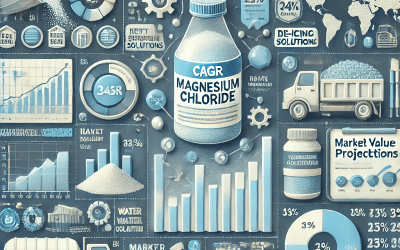What is solé?
Solé (pronounced so-lay) is a mineral tonic made by dissolving pure salt (such as Kalahari Salt), into water.
It was introduced by the book Water and Salt: The Essence of Life.
Because it contains salt and trace amounts of other electrolytes, solé functions similarly to electrolyte drinks that people take to replenish lost minerals and to rehydrate the body.
Make your own solé;

By dissolving pure salt into water until the water becomes fully saturated and cannot absorb more salt.
Serve the tonic by mixing a teaspoon of the liquid into your morning glass of water.
By dissolving pure salt into water until the water becomes fully saturated and cannot absorb more salt.
Serve the tonic by mixing a teaspoon of the liquid into your morning glass of water.
While most of its advocates take it in the morning, you can also use solé to help rehydrate the body after exercise or on hot days to replace the water and electrolytes lost in perspiration.
What are the benefits?
Some of solé’s most ardent advocates claim that drinking the tonic provides many benefits:
from better sleep and more energy to fewer allergies and better mood
We know that salt performs a wide variety of functions in the human body and is essential for health when taken in appropriate amounts.
Accordingly, drinking solé or salting your foods to taste can help support systemic wellness.
• Mineral-rich salt supports hydration. Your body’s ability to hydrate effectively depends on salt and other electrolytes
• Salt supports Ph balance. Salt and other electrolytes support pH balance and help transport nutrients to cells
• Salt supports digestion. The chloride in salt is necessary for producing stomach acid, and salt itself supports the transport of nutrients in the small intestines
• The right amount of salt supports metabolic health. Low-salt diets may aggravate insulin resistance
• Unrefined salt contains a wide variety of minerals. In addition to sodium chloride, minimally processed salts contain various minerals in trace amounts, including calcium, sulfur, potassium, magnesium and iron.
Cluster Headaches
Cluster headaches are an excruciatingly painful type of headache that occurs in cyclical patterns or clusters. They are relatively rare but often considered one of the most severe types of headaches. These headaches typically come in groups or clusters, often lasting weeks or months, followed by periods of remission when the headaches cease.
Global Magnesium Chloride Industry Boosted by Sustainable Construction and Water Management, Reaching at USD 1,225.4 million by 2035 | Future Market Insights, Inc.
The United States leads in magnesium chloride applications, driven by its superior performance in de-icing and dust suppression across industries like mining, construction, and agriculture. Environmental regulations further boost its adoption as a sustainable alternative to traditional solutions. Meanwhile, China, with its massive industrial base and booming construction activities, dominates as both a top producer and consumer of magnesium chloride, supported by urbanization and large-scale infrastructure projects.
Shilajit: The Ancient Brain-Boosting, Hormone-Regulating Medicinal ‘Herbomineral’
When you consider a new supplement, the first thing that comes to mind is probably not a jar of black, tar-like goo. But maybe it should be, because shilajit is an excellent ancient herb (or herbomineral, to be precise) with a host of health benefits.
Dr. Axe emphasizes the vital significance of gut health for the human body
Please also read valuable information here-below to gain further understanding on the absolute crucial importance of gut health to the human body, from world renowned Dr Axe.
Register As An Affiliate And Earn Commission!
[yith_wcaf_registration_form]
Interesting Facts About Lithium
Lithium is a highly reactive, light metal naturally found in very low levels throughout the body. It is available as a dietary supplement and is commonly found in drinking water and in many foods, including grains, vegetables, mustard, kelp, pistachios, dairy, fish, and meat. At daily doses between 0.3 to 5 milligrams, it could theoretically protect the brain, but the evidence is limited. Although high doses can cause serious side effects, daily doses below 5 milligrams are relatively low risk.












